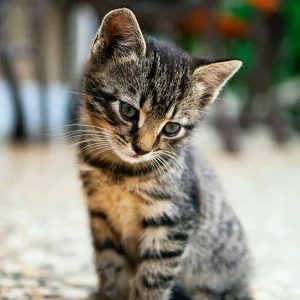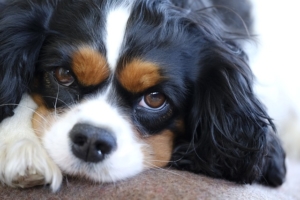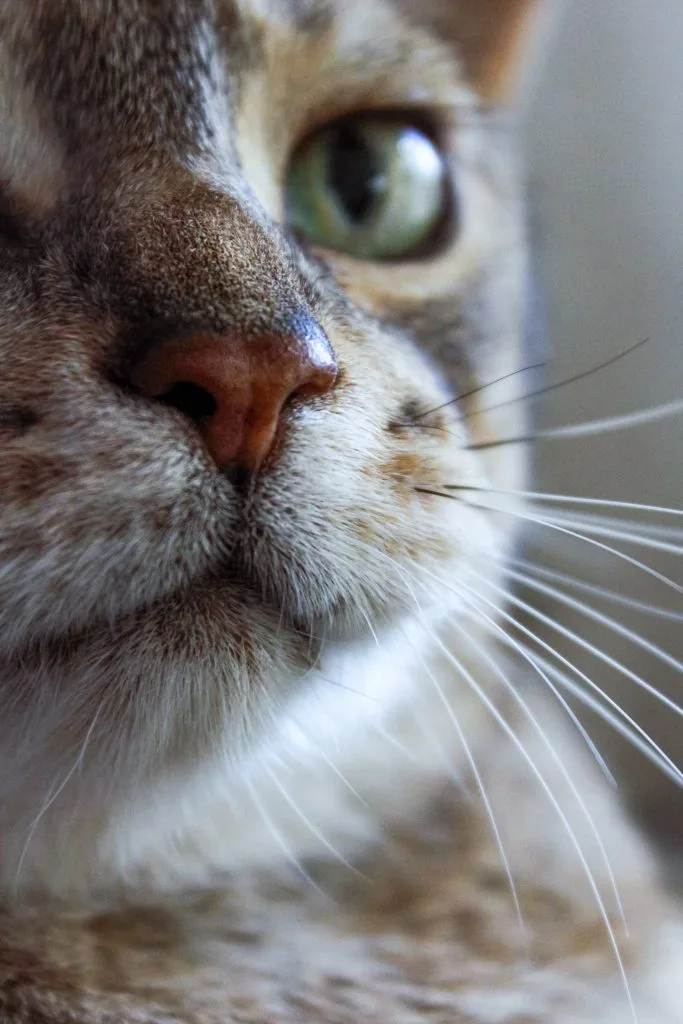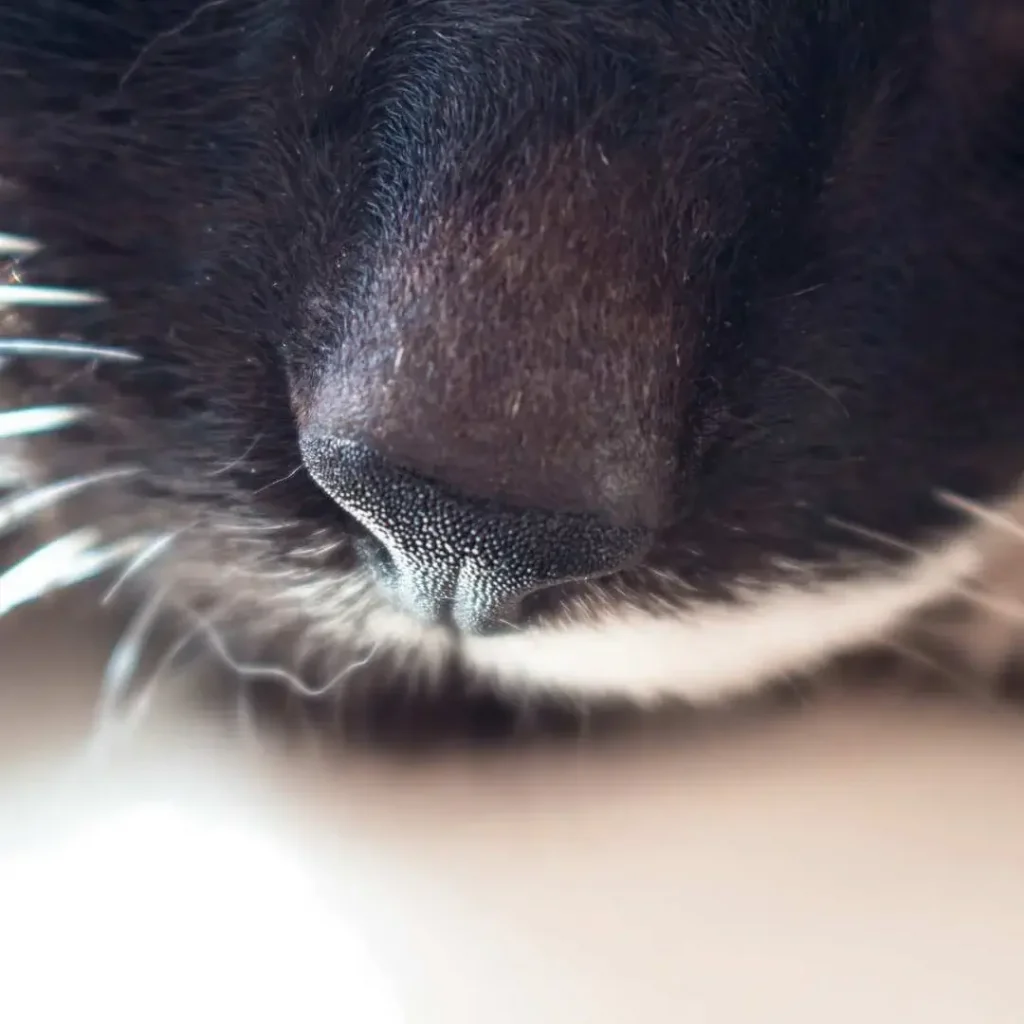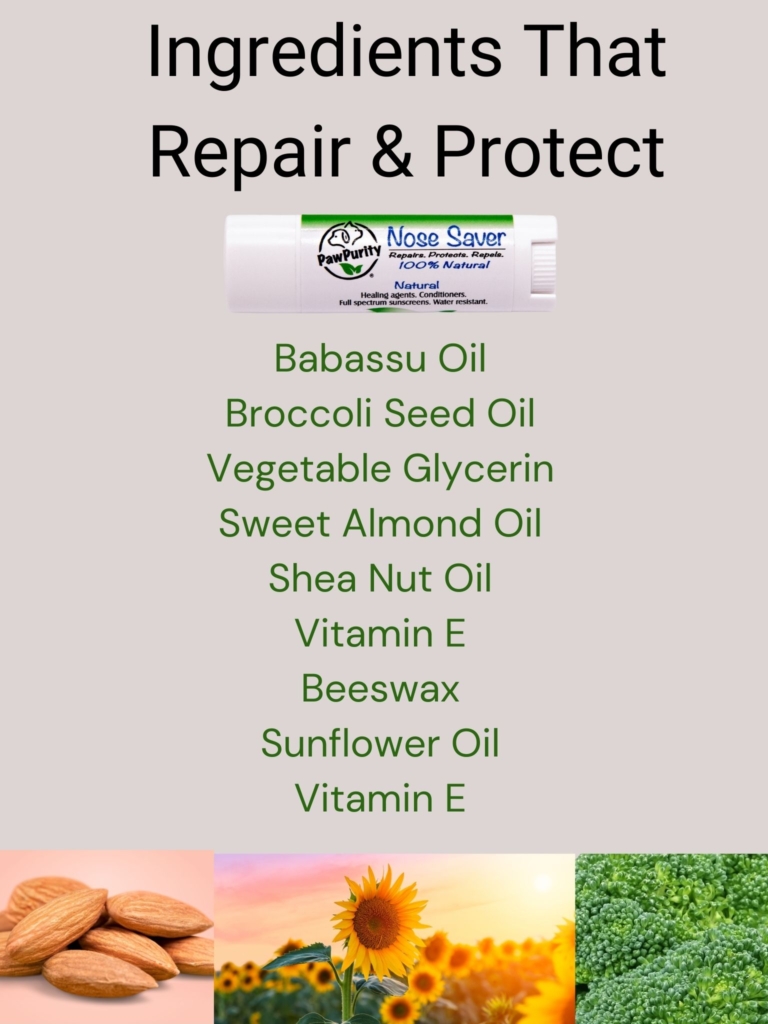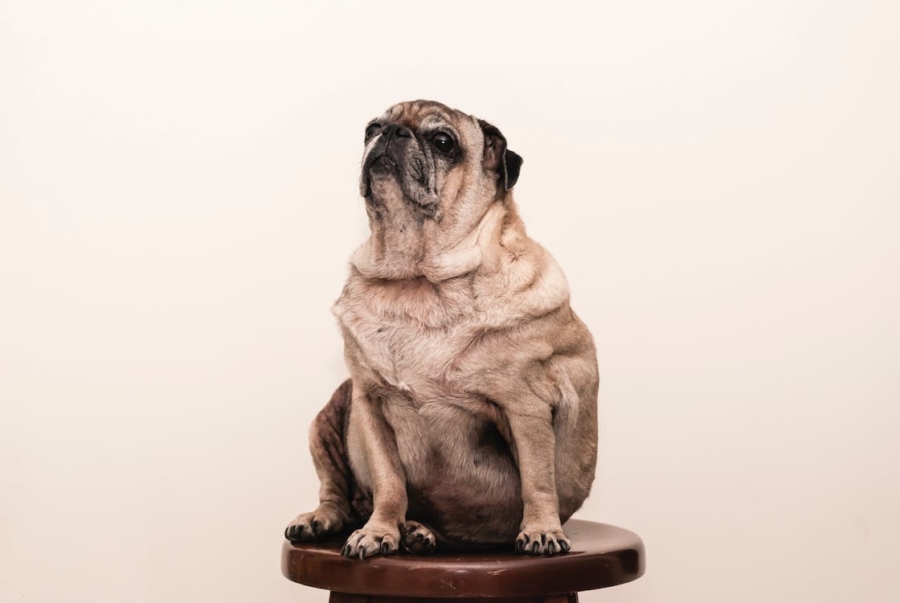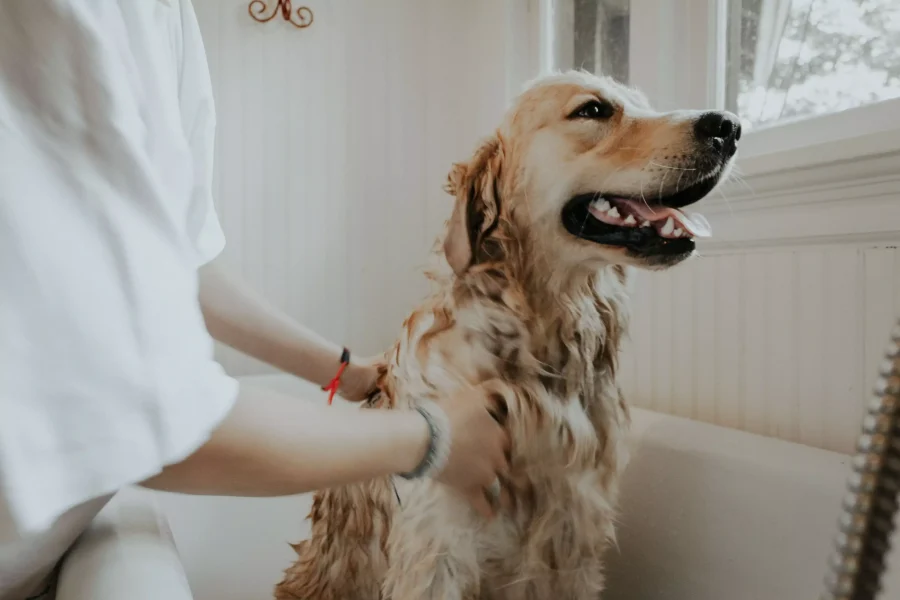Dry Nose on Cat
Dry skin on a cat’s nose can be caused by numerous factors, including dehydration, allergies, and environmental irritants. If your cat’s nose is dry, it’s important to identify the underlying cause and address it as soon as possible to prevent further health complications. This blog post will discuss the causes of dry skin on cats’ noses and how to treat it. We will also provide tips on keeping your cat’s nose healthy and moist.
Causes of Dry Nose In Cats
A dry nose in cats can be caused by various factors, from environmental to medical conditions. In some cases, a dry nose may simply result from the environment in which your cat lives – for example, if the air in your home is particularly dry. During the cold winter months when heaters are on is an especially trying time for keeping cats’ noses moist.
However, there are also several medical conditions that can cause cats to have a dry nose, including allergies, rhinitis (inflammation of the nose), and dehydration. Therefore, if your cat’s nose is persistently dry, it’s always best to consult a veterinarian to rule out any underlying medical conditions.
Cat’s Dry Nose – Hyperkeratosis
Hyperkeratosis, a condition that causes the skin to become abnormally thick, can affect cats and dogs. This is commonly seen in animals with dry noses, where the tissues of their noses become thickened and dry. However, it’s not just their noses that can be affected; other areas, such as footpads, eyelids, and ears, are also common sites for cat hyperkeratosis.
The most common cause of hyperkeratosis in cats is poor nutrition, an underlying medical condition or infection. However, it can also be caused by exposure to extreme temperatures or direct sunlight. In some cases, it may simply be due to a cat’s age – elderly cats often suffer from this condition more than younger ones.
Infections
When an infection is the underlying cause your cat’s nose to become dry and scaly in appearance, most likely there will be other indicators. Bacterial or fungal infections can result in your cat’s nose being dry and will typically be accompanied by other signs such as sneezing, runny eyes, discharge from the nose or mouth, fever, and loss of appetite. If any of these symptoms are present along with a dry nose, it’s best to take your cat to the vet for diagnosis and treatment.
Allergies
Allergies can also be the cause of dry noses in cats. The dryness in your pet’s nose is caused by histamine released from their immune system, which dries out the nasal tissue leading to cracking and flaking. If left untreated, this can cause discomfort for your feline friend.
It’s important to identify any other signs that could indicate an allergic reaction, such as changes in appetite or behavior or excessive scratching and licking. If you think your cat might be suffering from allergies, then speak to your veterinarian, who can advise on how best to manage them and help keep their nose healthy.
Dehydration
Dehydration occurs when cats don’t get enough fluids in their diet and can happen more quickly than you might expect. This is especially true during the warmer months when cats tend to lose more body moisture through panting or perspiration. A cat with a dry nose may also display lethargy, loss of appetite, lack of enthusiasm, and general malaise.
Cold Weather
In the winter months, a cat’s nose may become dry and cracked due to the cold weather. This can be painful for the cat and may make it difficult for them to breathe. Therefore, cat owners should take care to moisturize their cat’s noses with a pet-safe moisturizer or ointment.
PawPurity offers a highly-effective balm that can be used to soothe irritation and bring your cat’s nose back to normal health. It also protects its nose from getting chaffed or hyperkeratosis. With a little care and attention, a cat’s dry nose can be resolved quickly and easily using this balm.
Symptom Recognition
Some telltale signs of dry nose conditions in cats include sneezing, nasal discharge, runny eyes, or loss of appetite. Other more serious symptoms could include fever or difficulty breathing. If you notice any of these symptoms in your feline friend, it’s best to make an appointment with your vet for an evaluation as soon as possible.
It is worth noting that some cats may have naturally drier noses than others, and this may not necessarily be indicative of an underlying condition.
Treatments
- Luckily, treatments are available to help get your cat’s nose back to its healthy state. Depending on the severity and cause of your cat’s dryness, your vet may suggest topical ointments or creams that provide relief and promote healing. PawPurity’s Nose Saver is often recommended by vets, as it contains significant amounts of anti-inflammatory, anti-fungal, anti-allergens and conditioning agents. Its ingredients are 100% organic and include Aloe Vera Oil. Grapeseed Oil. Babassu Oil. Broccoli Seed Oil. Vegetable Glycerin. Coconut Oil. Sweet Almond Oil. Shea Nut Oil. Vitamin E. Beeswax.
- Additionally, they may prescribe medications such as antihistamines to treat allergies or antibiotics if an infection is present.
- You can also use a humidifier in your home to add moisture to the air.
- Finally, make sure your cat is drinking plenty of water.
When to visit a vet?
One of the most common questions we get asked is, “when should I bring my cat in to see the vet for a cracked and dry nose?” While in most cases, this is nothing to worry about and can be caused by environmental factors such as dry weather, there are a few instances where it could be indicative of a more serious issue. If your cat is also displaying other symptoms, such as lethargy, lack of appetite, or excessive sneezing, you may need to take your furbaby in for a check-up. Additionally, if the cracking is severe or accompanied by bleeding, this could be a sign of an infection or another underlying health condition. As always, if you have any concerns about your cat’s health, it’s best to avoid caution and make an appointment with your vet.


